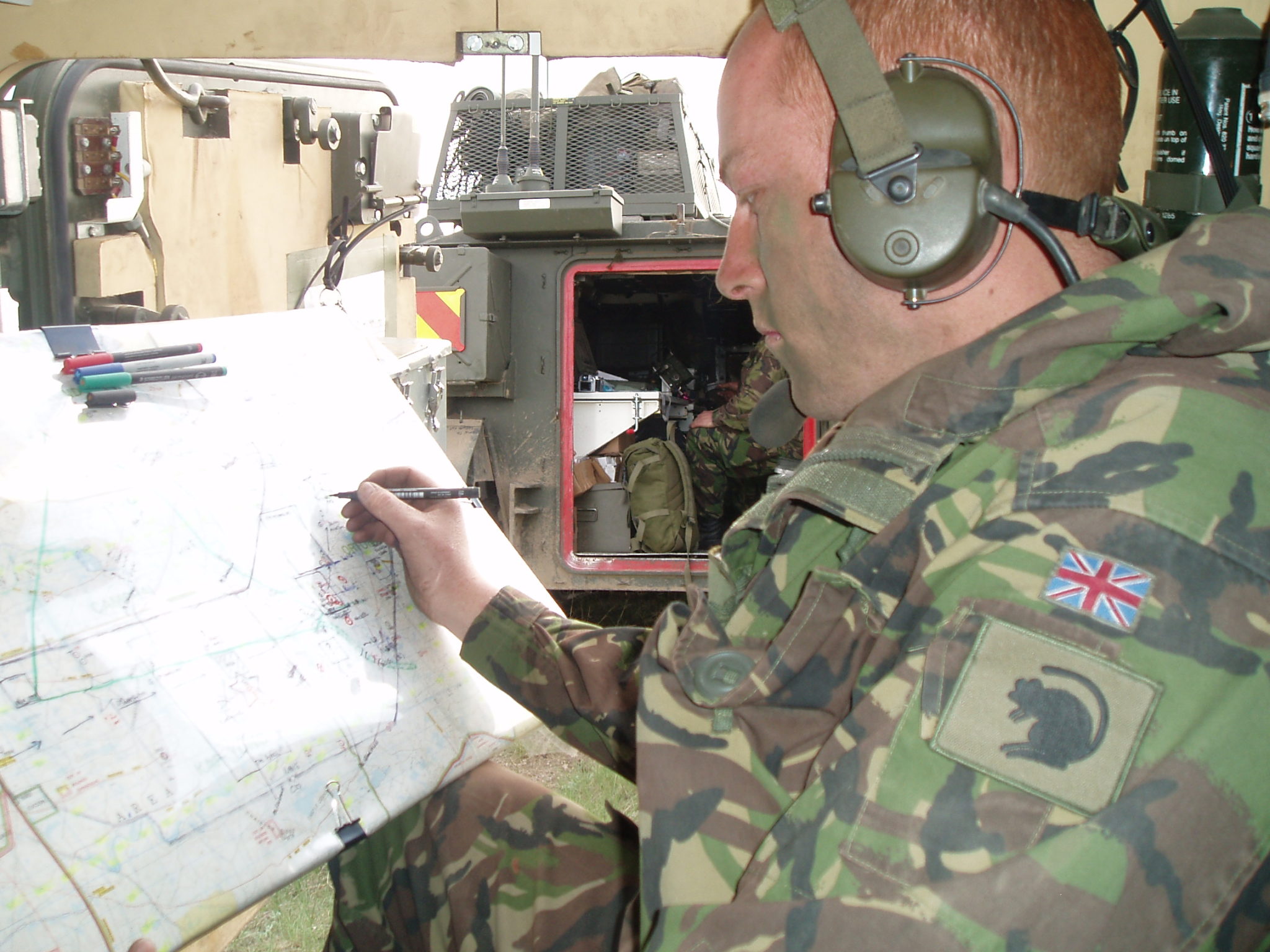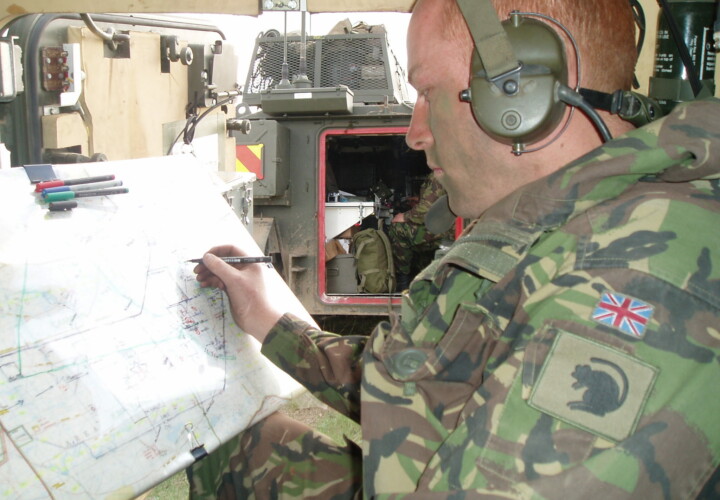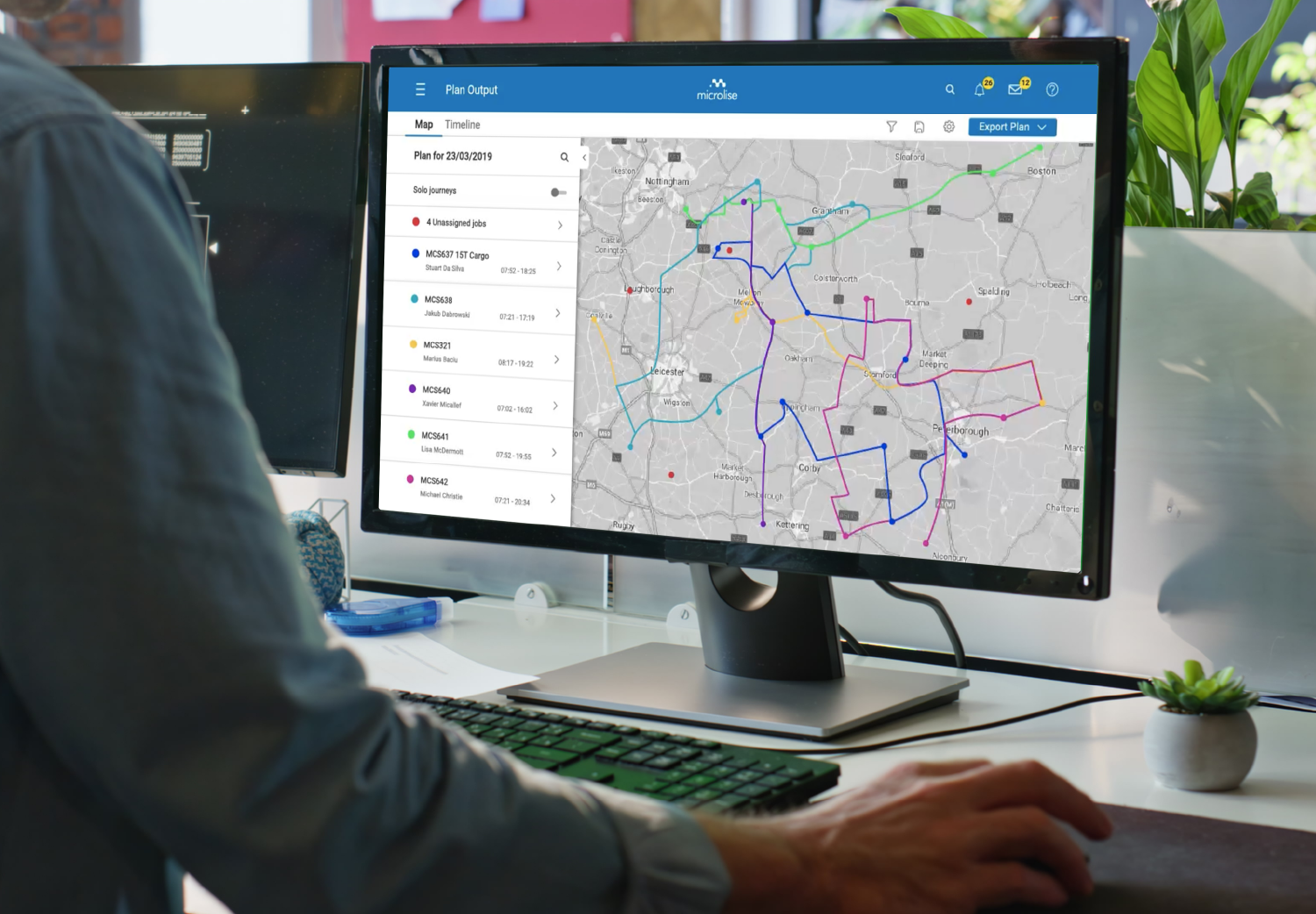 Leaving the Army is a daunting prospect for some of those serving and facing an end to their time in uniform. For many the Army life is the only one they have ever known and the thought of having to get a ‘real job’ can be a scary one indeed.
Leaving the Army is a daunting prospect for some of those serving and facing an end to their time in uniform. For many the Army life is the only one they have ever known and the thought of having to get a ‘real job’ can be a scary one indeed.
I took this big step just last year when the opportunity of voluntary redundancy presented itself. I was sat in an Operations room in Afghanistan when I was informed of the Army’s decision to accept my request and, despite the constant threat of the Taliban, it was the dawning realisation of my decision that had me most worried.
Since I was 12 years old all I had ever wanted to do was be a soldier, through school and university it was always in the back of my mind and the decisions I took all lead to the gates of the Royal Military Academy at Sandhurst. What this meant was that I never really paid attention to all that good free career advice, interview techniques and I never attended a career fair. So, suddenly, at the age of 35 I was facing a new life with no real clue what I wanted to do and I certainly didn’t feel prepared!
Fortunately for me I had worked at the Defence Equipment & Support Agency, the MOD’s procurement arm. This massive organisation (although like the front line forces it is shrinking dramatically) is a predominantly civil service body, responsible for the procurement and through-life management of all the MOD’s equipment.
This two year stint had given me an insight in to the wonderful world of ‘civvy-street’ and, most importantly it turns out, access to Microlise. As the Chief of Staff of a vehicle project team, I was given the additional task of running the MOD’s Health Usage Monitoring System (HUMS) trial on the MAN Support Vehicle fleet. MAN’s sub-contractor was Microlise who were responsible for providing the hardware and software for this 1000 vehicle project.
As a serving officer, with a background in Operations, I could immediately see the benefits of telematics technology. The writing had long been on the wall for the notoriously inefficient Defence equipment budget and here was a system that could save us hundreds of thousands of pounds without having to do much. As is the way of the MOD, the highly successful project was not taken on as a permanent fixture because of higher priority projects and that’s where I thought my involvement in telematics would end. How wrong I was.
Having dusted off my CV and updated my LinkedIn profile (which I got done by a professional, which I cannot recommend highly enough!) I got a call from one of the Directors. It turned out that Defence hadn’t completely forgotten about telematics and were again looking closely at bringing this highly effective technology in to the Equipment programme.
With Microlise’s previous experience in dealing with the MOD and the company in a very strong position, the decision had been taken to once again try and establish a foothold in this challenging market. So within a few months of ‘signing off’ I found myself as Microlise’s Head of Defence & Government, charged with establishing a new business unit focussed solely on public sector projects.
I will be using this blog to share the challenges of breaking into the Defence market, and how the needs of the defence and government sectors differ from the private sector, as well as a range of other topics relevant to Microlise’s involvement in the world of HUMS.




